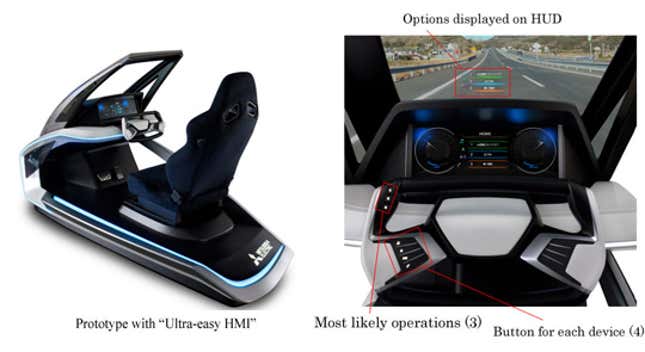
“Ultra-easy” is how Mitsubishi describes the prototype control system it is developing for cars. Taking a lead from data-driven software companies such as Google that use algorithms to predict what you might be searching for, Mitsubishi’s idea is to strip away unnecessary knobs and dials. Instead, it will replace them with a machine that can figure out which three functions the driver is mostly likely to need.
How we drive has changed unrecognizably over the past couple of decades. People now use on-board entertainment systems far more sophisticated than a simple radio, navigation tools that help them find not only addresses but also restaurants and friends’ homes, and, even though it is illegal in many countries, their mobile phones while driving. Many even check Facebook at traffic lights. Car-makers need to come up with a safe and simple way to allow people to use their tools without breaking the law or, worse, crashing.
Mitsubishi’s solution, which it expects to have in cars by 2018, is indeed simple: Based on your current conditions (car location, speed, fuel level, current traffic, school zones, and other road conditions) and history (past destinations and routes, searches, and in-car device usage), the car predicts the three most likely tasks you will need at any moment, and displays them on an in-built heads-up display overlaid on the windshield. A set of three buttons on the steering wheel correspond to these three options.
There are backups too. The system accepts voice commands, and there is also another set of four buttons corresponding to the vehicle’s four primary systems: navigation, phone, air-conditioning and entertainment system.
Quartz has written before about how you will connect with your connected car. Other forms of interaction in the works include pure speech, eye-tracking, hand-waving, and a mixture of the three. All of them are designed, as is Mitsubishi’s, to minimize distraction and to allow drivers to keep their eyes on the road. This is all the more important as technology outpaces regulation. People want to—and will, no matter the law—use their phones while on the road. The wisest thing car-makers, and indeed lawmakers, can do is to find a way for them to do so safely.